Unifying Workflows: Business Process Orchestration (BPO)
Eliminate silos and orchestrate systems, tasks, bots, people, and agents into a unified, intelligent workflow with Business Process Orchestration (BPO).

What is Business Process Orchestration & Why BPO is important?
Business Process Orchestration (BPO) is the structured coordination of tasks, systems, people, bots, agents, and data across an organization to ensure that business operations function smoothly and efficiently. It brings together various activities and technologies into a unified, automated workflow that aligns with strategic business objectives. Unlike task automation, which focuses on automating individual tasks, orchestration manages the entire process from start to finish. It ensures that every element, whether it's a human decision, a software, or a data exchange, works in sync to deliver a seamless and outcome-driven business process.
As AI continues to accelerate, businesses are under pressure to operate smarter, faster, and more flexibly. But traditional, siloed process management often creates roadblocks, causing inefficiencies, errors, and slow response to market changes.For organizations aiming to scale Agentic AI initiatives, the real challenge lies in governance, integration, and alignment with business operations.
That is where Business Process Orchestration (BPO) becomes important in breaking down silos, enabling intelligent coordination across people, systems, and agents, and turning fragmented workflows into seamless, scalable operations.
Power of Business Orchestration

Drive Autonomous Operations
Enable straight-through processing while incorporating essential human touchpoints—striking the right balance between automation efficiency and human judgment.
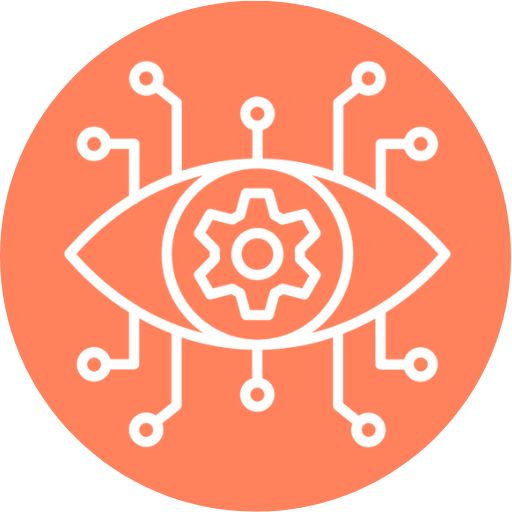
Real-Time Process Visibility & Control
Gain complete transparency with real-time insights into workflows and performance metrics—empowering you to detect bottlenecks early and make smarter, faster decisions.
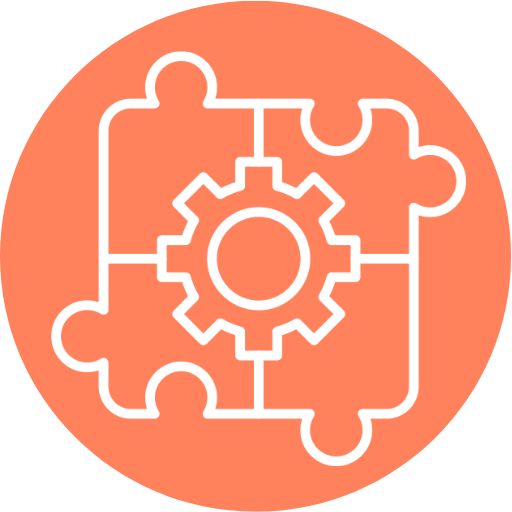
Effortless System Integration
With a vendor-neutral approach, easily integrate disparate systems, tools, and applications, ensuring seamless data flow and operational harmony across platforms.

Standardized Compliance & Risk Mitigation
Automate and standardize processes to ensure consistent application of business rules and regulatory requirements, minimizing compliance risks and enhancing audit readiness.
How does Business Orchestration Work?
Process Mapping & Workflow Design
Begins with analyzing current processes and designing the ideal workflow using modeling tools like BPMN (Business Process Model and Notation). This helps visualize and structure the ideal process flow clearly and efficiently.
System & Application Integration
An orchestration engine connects different enterprise systems—like ERP, CRM, HRMS, databases, and external platforms—using APIs and pre-built connectors. This ensures data moves freely and accurately across platforms.
Task Automation Implementation
Automation tools such as RPA bots, APIs, and AI agents are deployed to execute specific tasks, increasing process speed and reducing manual effort, while supporting greater autonomy across workflows.
Business Rules & Decision Logic
Using decision models like DMN (Decision Model and Notation), the orchestration engine applies business rules to guide the workflow, ensuring each action aligns with predefined logic and company policies.
Real-Time Monitoring & Control
Orchestration engine keeps a live eye on process execution, tracks progress, spots slowdowns or failures, and resolves issues immediately. This ensures workflows remain uninterrupted and aligned with business goals.
Insights & Continuous Optimization
Using dashboards and reports, businesses track KPIs, identify inefficiencies, and optimize workflows. These insights help refine orchestration strategies and drive continuous performance improvements.
Use Cases for Business Orchestration
IT Service Management (ITSM)
Human Resource Management
Healthcare Management
Financial Reporting and Compliance
Customer Service Management
Supply Chain & Logistics
Benefits of Business Orchestration

Boosted Operational Efficiency
By streamlining workflows and automating repetitive tasks across systems, businesses can cut down on delays, reduce manual effort, and lower operational costs.
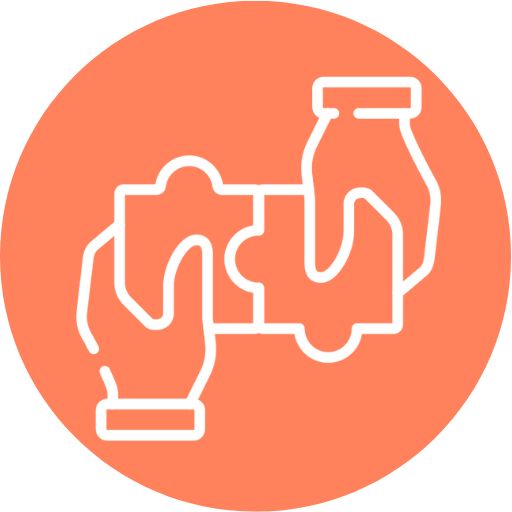
Improved Cross-Team Collaboration
Orchestration connects people, processes, and platforms—breaking down silos and promoting seamless interaction between departments for unified progress.
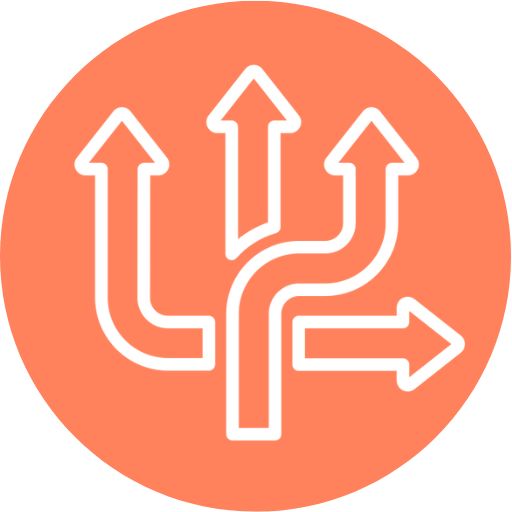
Increased Business Flexibility
Organizations can swiftly update workflows in response to changing market conditions or internal shifts—without disrupting the broader ecosystem.
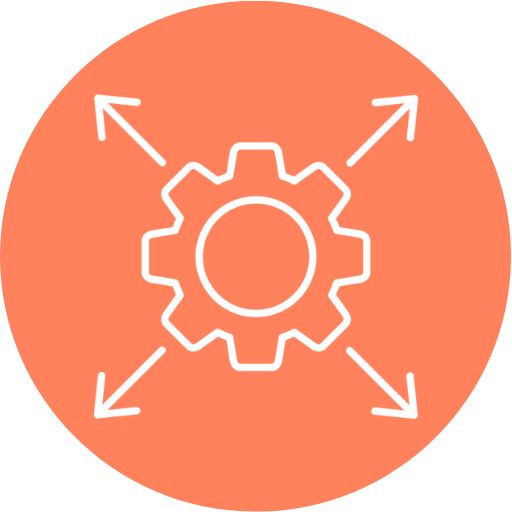
Effortless Scalability
Easily manage growing workloads and integrate additional tools or systems without requiring major changes to existing infrastructure.
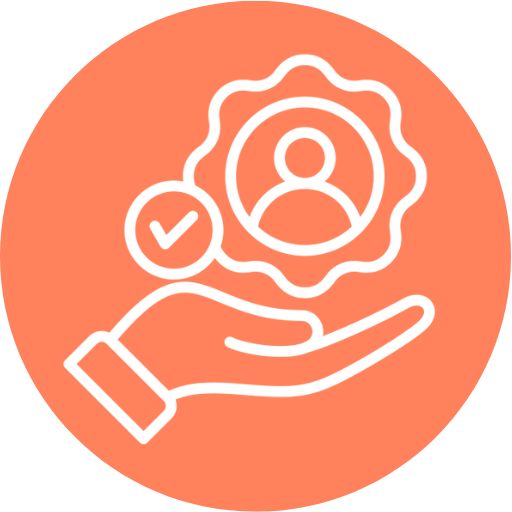
Superior User Experience
Consistent, automated processes lead to faster responses, fewer mistakes, and a more reliable experience for both customers and employees.
Our Technology Partners Help Power Business Process Orchestration
Ready to step into the future of orchestration? Partner with the leaders driving the transformation.
Feat Systems partners with industry-leading platforms like UiPath Maestro and Actionabl to deliver the next generation of Business Process Orchestration, offering you the best orchestration solutions.
As a proud UiPath Agentic Automation Fast Track Partner, we’re honored to be among the exclusive group granted early access to UiPath’s ground-breaking platform, demonstrating our commitment to leading innovation in Automation Space.
With Actionabl, a purpose-built platform for Business Orchestration, we empower enterprises to go beyond traditional automation—unlocking true operational autonomy and agility.


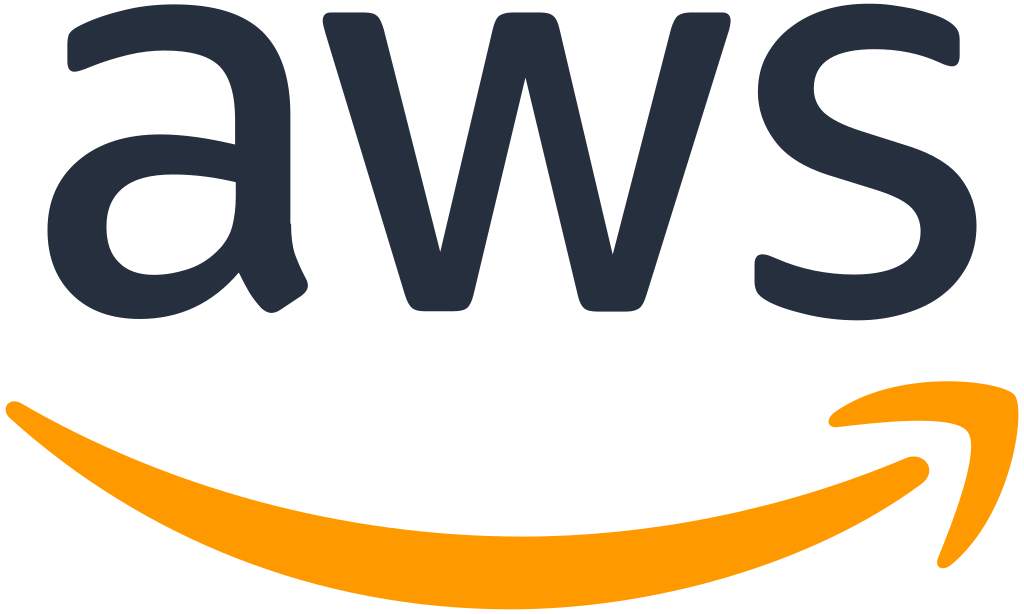

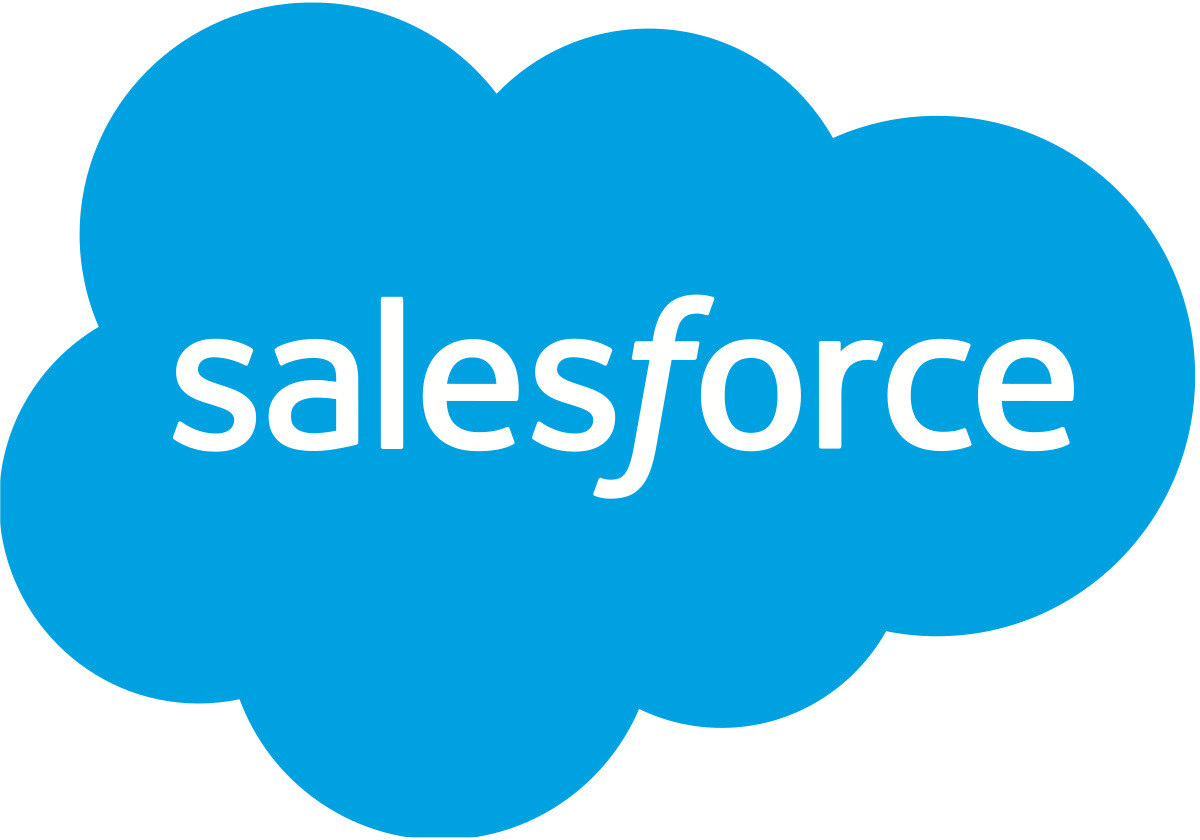

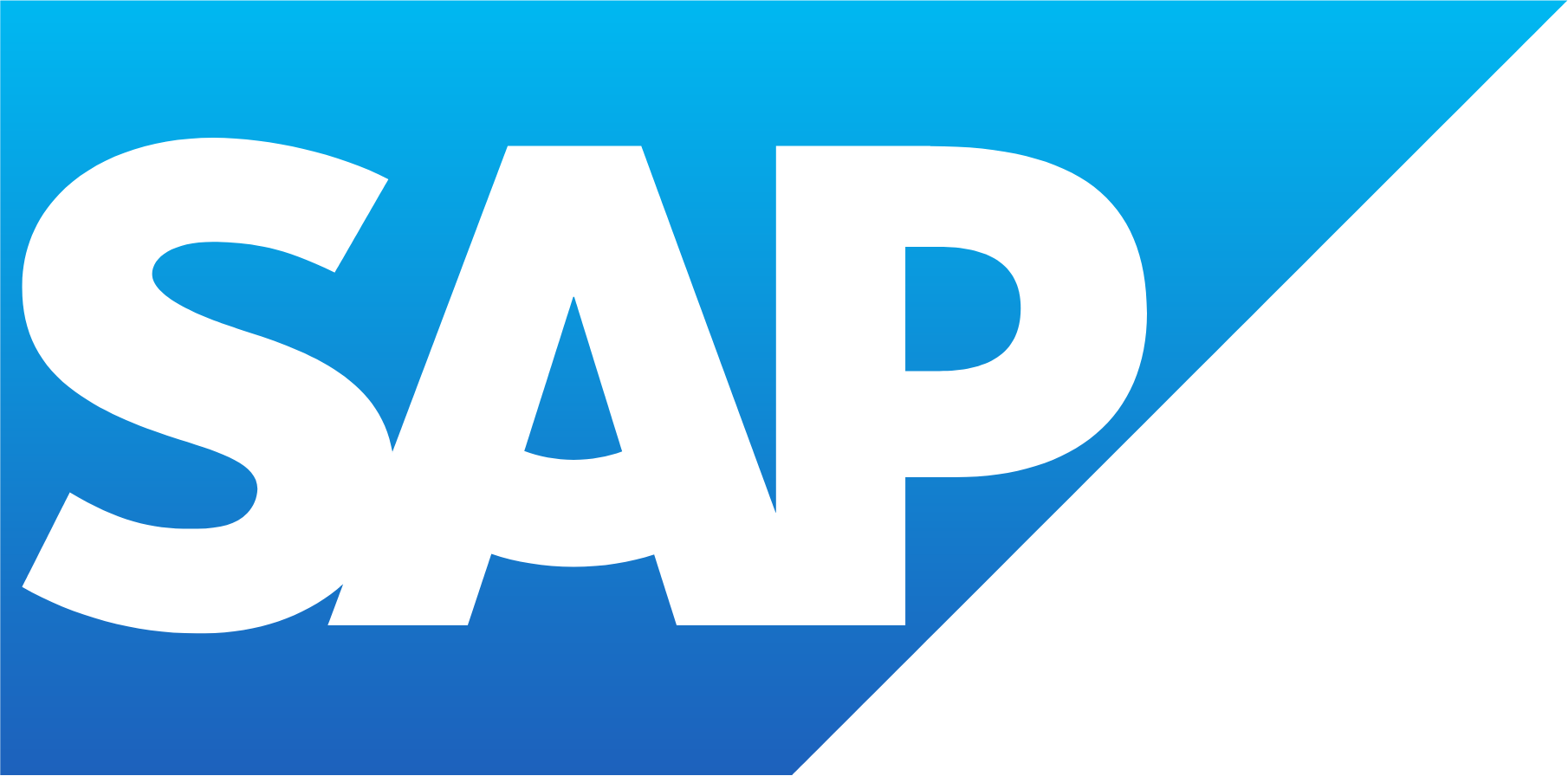
Get started on your Agentic Automation Journey
Talk to our expert and see how you can get started.